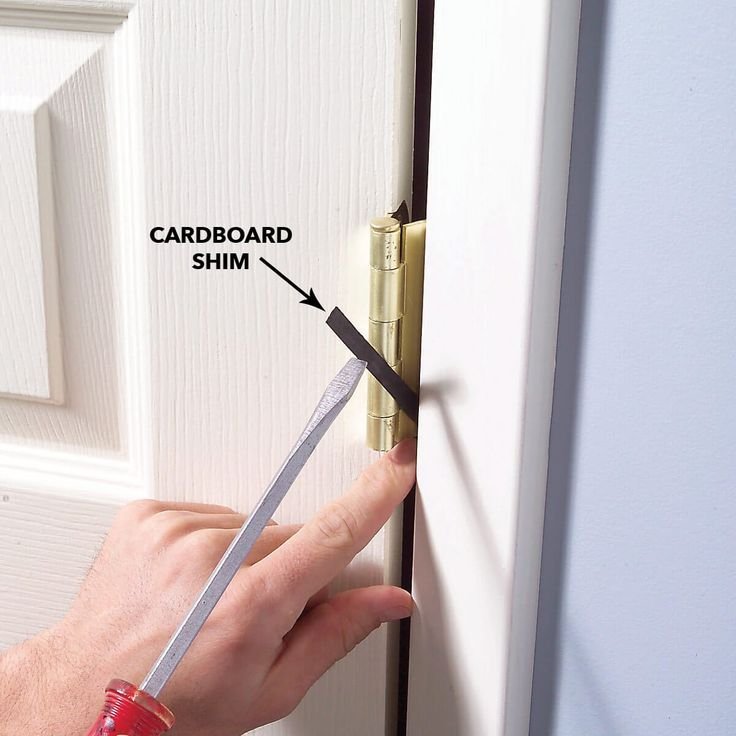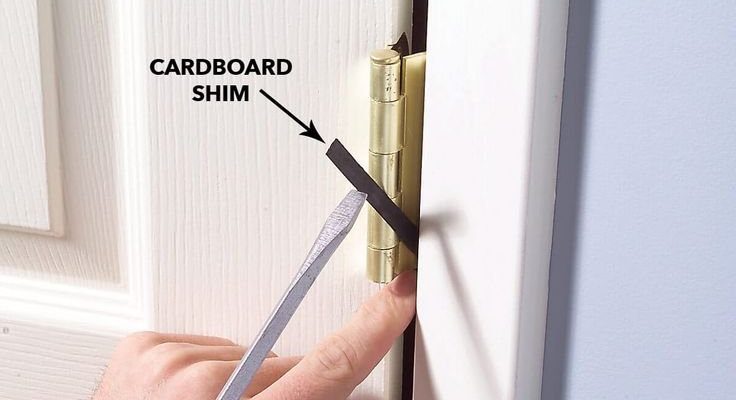
Let’s think about a door like a puzzle piece. For it to fit snugly, every edge needs to line up just right. If there’s a gap, it might mean the door isn’t positioned correctly or there’s something else at play. Common culprits include wear and tear, settling of the house, or even humidity changes. Not to mention, if you’ve got a new door or hardware, it might just need a little tweaking to get it right.
In this guide, we’ll break down the steps to troubleshoot those gaps around your interior doors, helping you connect the dots for a better latch and lock situation. Grab a coffee, and let’s dive in!
Identify the Type of Gap
The first step in troubleshooting gaps around your interior doors is to pinpoint where the gaps are actually located. Gaps can appear at the top, bottom, or sides of the doorframe. Understanding this can make a huge difference in how to approach the issue.
– Top Gap: A gap at the top of the door usually means the door is hanging too low. This can happen if the hinges are loose or the door has settled.
– Bottom Gap: If you see a gap at the bottom, it could mean the door is too high, or the floor has shifted.
– Side Gaps: Side gaps can indicate that the door isn’t aligned correctly in the frame, which might be due to loose hinges or misalignment from installation.
Once you determine where the gap is, you can take better steps to fix it. It’s like finding the right spot in a road map before you start your journey.
Check the Hinges
Hinges play a crucial role in how your door hangs. If they’re loose, bent, or damaged, they can cause your door to sag and create gaps.
– Tighten the Screws: Start by checking if the screws in the hinges are tight. A simple screwdriver can fix this. Just a few turns can make a big difference.
– Inspect the Hinges: If the hinges are rusty or broken, consider replacing them. New hinges can help your door hang better and eliminate gaps.
– Add Shims: If tightening or changing the hinges doesn’t work, you can use shims (small wedges of wood) to raise or lower the door. This might seem tricky, but it’s simple—just place the shim behind the hinge and reattach it.
Taking care of your hinges is like tending to a garden; it requires regular attention to keep everything growing smoothly.
Adjust the Strike Plate
The strike plate is the metal piece that the lock bolt slides into when you shut the door. If the strike plate is misaligned, it may not catch the bolt correctly, leading to issues locking or latching the door.
– Realign the Strike Plate: If you see that the gap is right next to the strike plate, it might need to be adjusted. Loosen the screws holding the strike plate, move it slightly, and then retighten.
– Create a New Opening: Sometimes, if a door has settled a lot, you might have to create a new opening for the strike plate. This involves rerouting it slightly, which can be done with a drill and a chisel.
– Check for Debris: Occasionally, dirt or paint can get stuck in the strike plate, preventing it from closing properly. A quick cleaning can resolve this.
Think of the strike plate as the door’s “welcome mat”—if it’s not positioned just so, the door can’t “come in” properly.
Inspect the Door Frame
Sometimes, the issue goes deeper than just the door itself. If the door frame is warped or damaged, it can lead to those frustrating gaps.
– Look for Warps: Stand back and check if the frame seems bowed or warped. If it does, it might need some straightening.
– Patch Any Holes: If you see cracks or holes in the frame, use wood filler or putty to repair them. This will help solidify the structure and reduce gaps.
– Repaint or Restain: After repairing, a fresh coat of paint or stain can not only improve the look but also seal any tiny gaps in the frame.
Maintaining your door frame is essential; it’s like keeping the foundation of a house strong. A sturdy frame supports everything else.
Consider Humidity and Temperature Changes
Did you know that the weather can actually affect how your doors fit? Changes in humidity and temperature can cause wood to expand or contract. This is especially true in seasonal transitions.
– Monitor Humidity Levels: If your area tends to be humid, consider using a dehumidifier. This helps control moisture levels and can prevent the door from warping.
– Adjust for Seasons: In winter, you might notice more gaps due to the contraction of wood. Make adjustments or shims as needed during seasonal changes.
– Oil the Door: Occasionally oiling the door can help it move more smoothly, preventing it from sticking or creating gaps.
Understanding how the elements affect your doors can save you a lot of time—and possibly money—on repairs.
Check for Misalignment After Installation
If you’ve recently installed a new door or hardware, misalignment might be the issue causing those gaps.
– Properly Hang the Door: Ensure that the door was hung correctly from the start. If it’s misaligned, it can cause all sorts of problems with latches and locks.
– Use a Level: A level tool can help determine if the door is straight. If it’s not, you may need to adjust the hinges or shim the door.
– Revisit Installation Instructions: Sometimes, going back to the manual can reveal steps that might have been overlooked during installation.
Just like assembling furniture, following the correct steps can lead to a more cohesive and functional result.
Final Tips for Maintaining Door Functionality
Keeping gaps around your interior doors in check is an ongoing process. Here are a few additional tips to make sure your doors remain functional.
– Regular Inspections: Make it a habit to check your doors at least twice a year. Look for new gaps or issues that could signal bigger problems.
– Keep Hardware Tight: Screws and bolts can loosen over time, so keep them tightened to prevent gaps from appearing.
– Don’t Ignore Small Issues: A tiny gap can turn into a big problem if not addressed early. Take action sooner rather than later.
Ultimately, treating your doors with care and attention is like nurturing a relationship. Regular check-ins and a little maintenance go a long way in keeping things secure and functional.
In summary, troubleshooting gaps around interior doors is about identifying the issue and making small adjustments along the way. Whether it’s tightening hinges, adjusting the strike plate, or managing seasonal changes, each step contributes to a smoother operation. You’ll find that a little effort can lead to greater security and comfort in your home.
